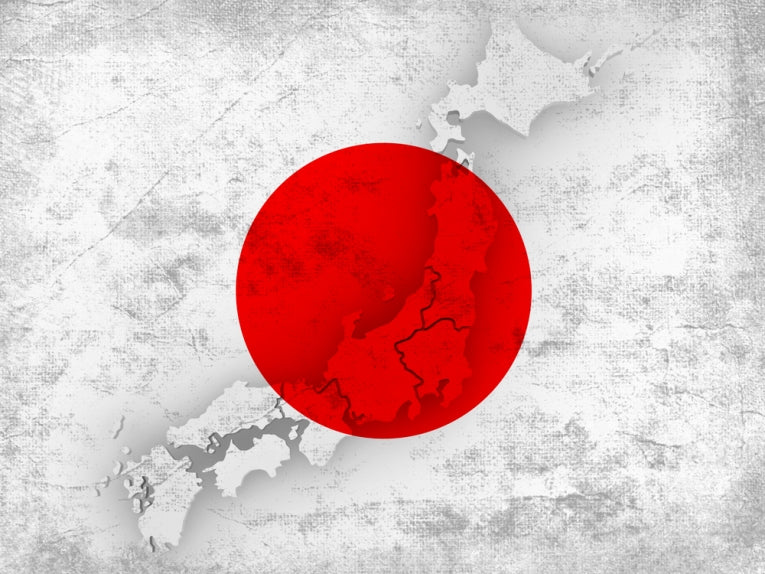It has been 18 months since the seabed slipped, the waves lurched, and Fukushima's nuclear power plants failed, under the twin assault of tsunami and earthquake. Since those dark days in March 2011 when the world watched transfixed, as the Dai'ichi plants popped their corks one after another, and the plant's workers battled bravely - and successfully - to prevent full-blown meltdowns, a lot of the heat has gone from the coverage of Fukushima.
But that heat lingers - both figuratively, and literally - around the site of those four wrecked reactors. And it seems that the problems at one of the world's most dangerous brushes with nuclear power failure are far from over. Yesterday it was reported that Tokyo Electric Power (TepCo) was struggling to contain the vast amounts of radioactive water needed to keep the reactor's fuel rods cool. More than 57 million gallons of radioactive cooling water have been stored, so far, in hundreds of onsite ponds.
Ongoing problems 'outrageous' says engineer
Even though Tepco is recycling its cooling water, so as to reduce the amount needed, more ground water is seeping into the site all the time, up through cracks in the reactor's basement. As nuclear engineer, Masashi Goto, told AP, "You never know where it's leaking out and once it's out you can never put it back in place." That makes containing the site - and preventing the start up of another set of meltdowns - a never-ending search for space to store more and more contaminated waters.
"It's just outrageous and shows how big a disaster the accident is," said Goto. Some at Tepco see the only solution to the water storage problem to be considering the dumping of contaminated waters back out to sea. The company is installing purifying equipment, which it hopes will prove able to remove most of the radioactive contamination in the water, before it is released into the sea. Such a move, however, is bound to be controversial.
Fish reeling in the radioactive cesium
That is doubly so, as research published today, in Science, shows that the marine environment around Fukushima is far from recovering from the nuclear nightmare of last year. In fact, the problems of contamination may be getting worse. Samples of fish taken in August show that levels of radioactivity are still soaring in the sea-life offshore from Dai'ichi. At 25,000 Becquerels per kilogram, the levels are hundreds of time higher than Japan's safety limits.
That could mean that radioactive elements, like cesium, are being concentrated on the sea-bed, where the greenling fish, that were sampled in the study, feed. It could also mean that radioactive water is finding its way out from the Fukushima site and out into the sea. That would add urgency to the pressing need for the removal of radioactive materials and the proper sealing of the site.
One earthquake could restart nuclear meltdown
Sadly, the bad news from Fukushima doesn't stop there. While the risks for further meltdown are being contained by the ongoing water cooling efforts, the potential for reigniting disaster is still very real. The nuclear reactors are structurally compromised - essentially open to the air - with reactor rods stored in ponds several meters above ground. Another earthquake in the area could break the ponds open, exposing hundreds of tons of nuclear fuel to the air.
That would provoke a runaway nuclear meltdown, releasing radioactivity on an unprecedented scale. And that risk of another quake has been rated as a definite possibility. No wonder Kenzo Oshima, a commissioner for Japan's Nuclear Regulatory Authority, said this week that "the situation remains precarious." Of course, Tepco are working to a plan that should see all the stored fuel rods and radioactive material removed in the next three years.
But with the Fukushima area in one of the more earthquake prone parts of the planet, what worries many is whether the race to make the site safe will be lost - when the plates off the coast of Japan twitch once again into restless motion.















